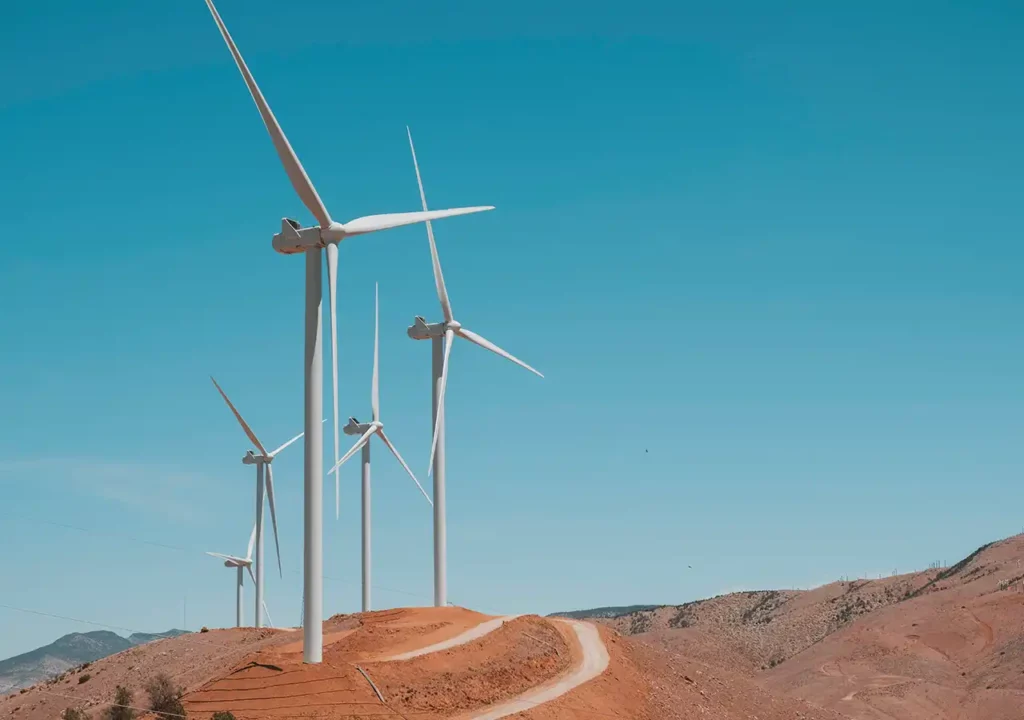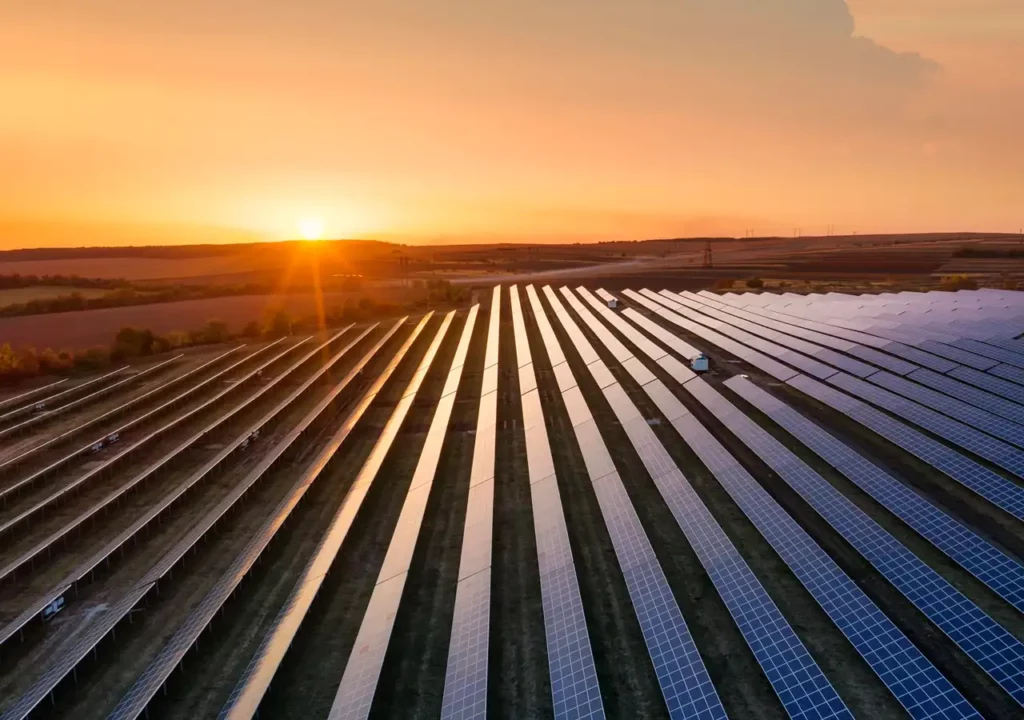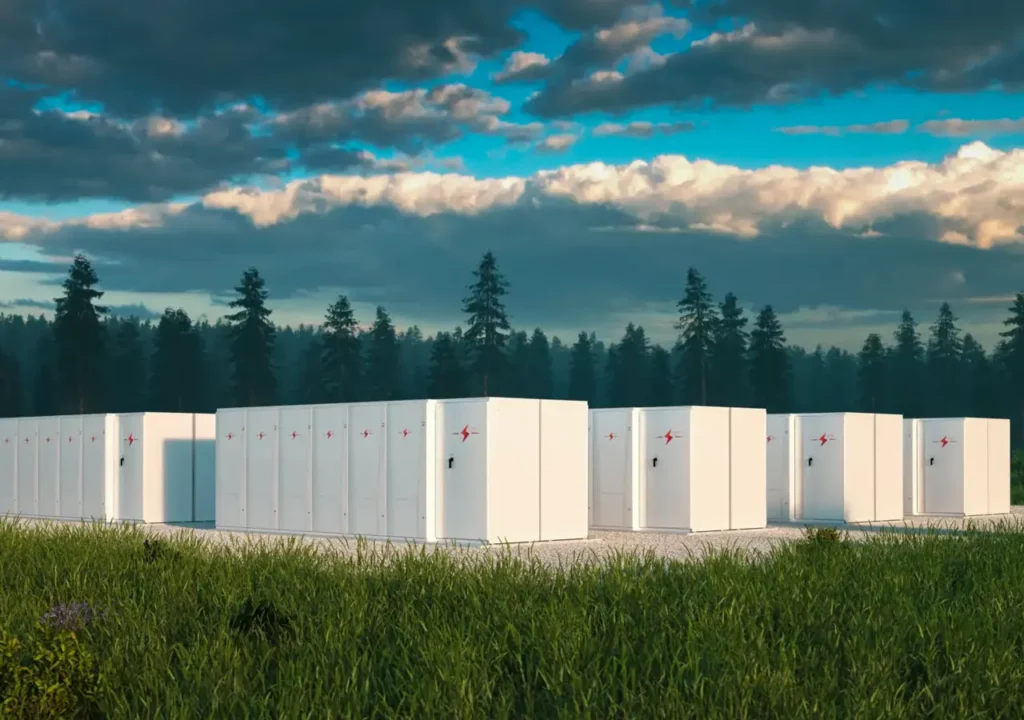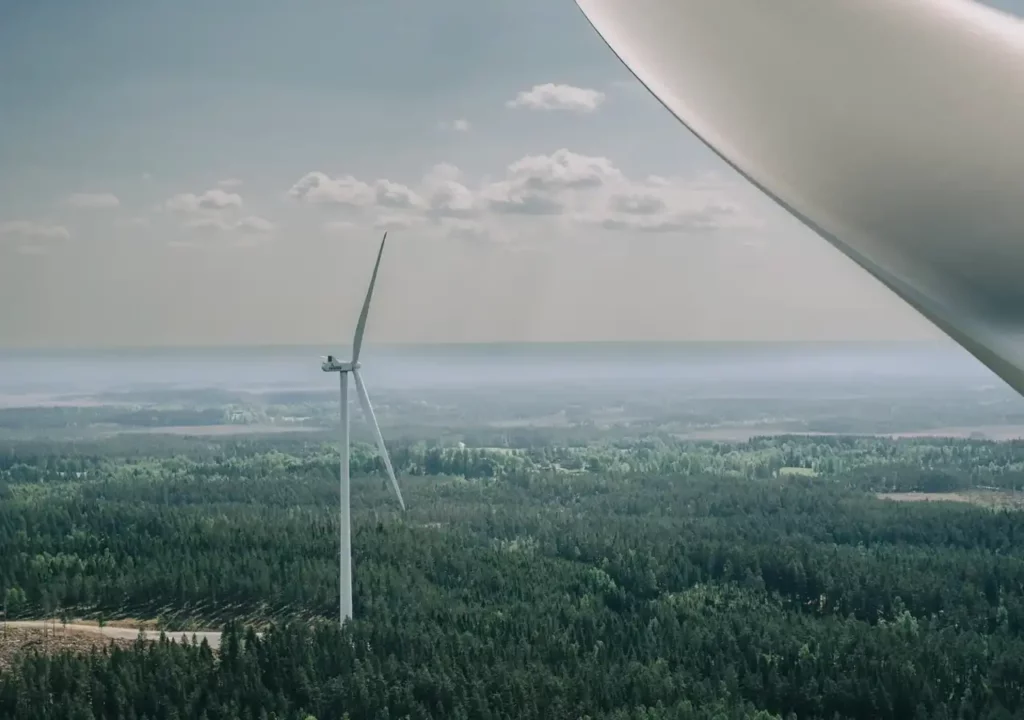

Formar framtidens förnybara energi
Vår vision är en framtid där alla kan leva ett rikt och hållbart liv. Och vi vet att framtiden är förnybar. Välkommen till en ny värld. Välkommen till Eolus.
Våra senaste nyheter
-
Kallelse till årsstämma i Eolus Vind AB (publ)
-
Magnus Axelsson lämnar Eolus
-
Eolus har fattat investeringsbeslut för tre landbaserade vindkraftsprojekt i Sverige
-
Eolus Vind AB (publ) offentliggör års- och hållbarhetsredovisning för 2023
-
Eolus presenterar ersättning till de som bor nära planerad vindkraftspark
-
Eolus får rätt att bygga solcellspark i Båstads kommun
-
Eolus går med i Solar Stewardship Initiative för att bidra till en hållbar värdekedja för solenergi
-
Blekinge Offshore vindkraftspark bidrar med 50 000 kronor för att rädda oljeskadade fåglar
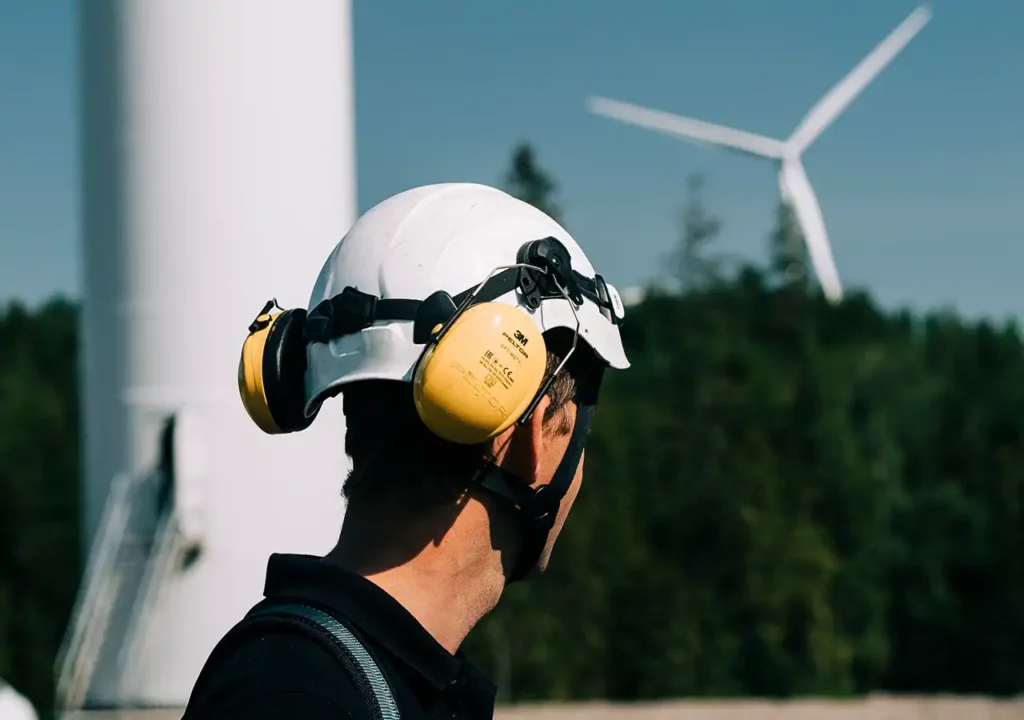
Asset Management
Eolus tillhandahåller omfattande förvaltningstjänster för färdigställda projekt. Vi garanterar regelrätt, säkert och bekymmersfritt ägande.
Våra marknader
Eolus utvecklar förnybara energiprojekt i Sverige, Norge, Finland, Baltikum, Polen, Spanien och USA. Vi möter växande energibehov på ett ansvarsfullt sätt för en mer hållbar framtid.
